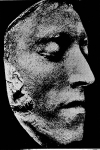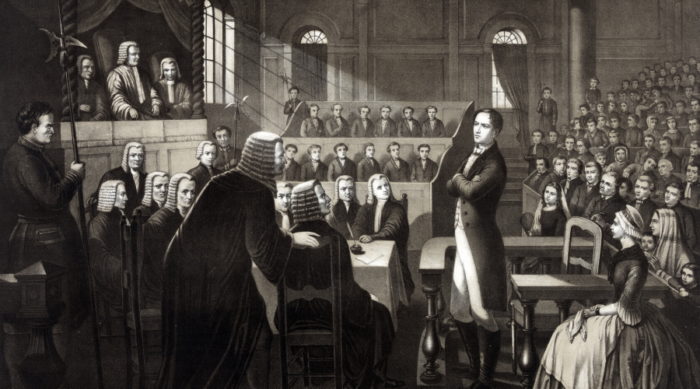
My look over the past few weeks at items cast at the Navy Yard that were not military in nature actually had its genesis in an article I read about a particular statue. This statue may well have been the last to be cast there. Although munitions continued to be produced there until 1962, I have found no mention of statues being cast at the Yard, other this one.
It is also the least-known of the Navy Yard castings, as the previous two I looked at were placed in prominent locations in downtown D.C. This one is at Massachusetts and S Streets NW, and when I’m headed up Embassy Row, I am always on the lookout for the elephant tucked into the embassy of the Cote d’Ivoire.
Robert Emmet was a young man from Ireland who, despite his English roots, felt drawn to the cause of Irish independence. He was tried and put to death during the failed 1803 rebellion. His “Speech from the Dock” remains a powerful declaration of innocence. After his death, his name became a rallying cry for the Irish cause, and his birthday was celebrated at Hibernian societies throughout the United States – and ‘Emmet’ seems to have been a popular middle name for boys from Irish families named Robert in that time.

Over a hundred years after his death, there was a push to erect a statue to him in Washington. This was led by a group named the Emmet Statue Association, which collected money to purchase the statue. The sculptor hired was Jerome Connor, an Irish-born sculptor who had come to the US with his family as a teenager. He became a stone mason and sculptor before moving to Washington in 1910 to open a studio, which was located at New Jersey Avenue and C Street NW, in what is today Upper Senate Park. Connor was assisted in his work by having access to Emmet’s death mask (Pictured above) which had been made of shortly after his execution “by the light of a lantern in a graveyard after Emmet’s head had been severed from his body,” as the Louisville Kentucky Irish-American newspaper put it on January 9, 1915.
About two years later, with the statue now reaching completion, the newspapers began to report again on its progress. The Washington Evening Star wrote on January 28, 1917, that the statue was to “be presented to the National Gallery, and will be given place in the rotunda of the National Museum,” a sentence that reads very differently today than then. The ‘National Museum,’ in the building that today houses the Smithsonian Natural History Museum today, while mainly filled with natural history displays, had one gallery – what is today the Ocean Hall – that was called the ‘National Gallery,’ and contained several collections, including that of Charles L. Freer and Harriet Lane Johnston, whose 1903 death and bequest had resulted in a lawsuit to determine whether or not the Smithsonian housed a “National Art Gallery.” The positive decision in this case had caused the museum to dedicate part of its newly built building for the purpose of displaying art.
Next week: The dedication of the statue.
